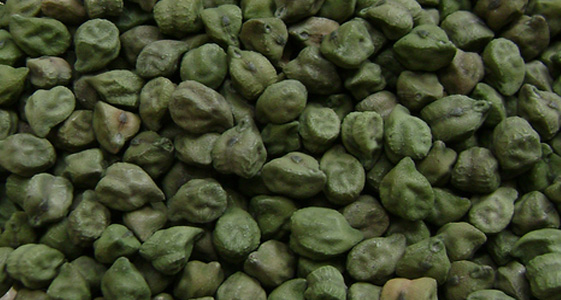
 Chickpea or chana is a very important pulse crop that grows as a seed of a plant named Cicer arietinum in the Leguminosae family. This light brown colored pulse is considered to be a good source of protein and is also called by the name of Garbanzo beans. Chana is used as an edible seed and is also used for making flour throughout the globe. Having a capacity to stand in drought conditions, this crop doesn’t have the requirement of being fed with nitrogen fertilizers.
Chickpea or chana is a very important pulse crop that grows as a seed of a plant named Cicer arietinum in the Leguminosae family. This light brown colored pulse is considered to be a good source of protein and is also called by the name of Garbanzo beans. Chana is used as an edible seed and is also used for making flour throughout the globe. Having a capacity to stand in drought conditions, this crop doesn’t have the requirement of being fed with nitrogen fertilizers.
The varieties of chana or chickpea are separated on the basis the seed size, color and taste. Two of those varieties, namely Kabuli and Desi, as they are termed in India, are very important in terms of usage and commercial purposes.
The plant grows to between 20–50 cm (8–20 inches) high and has small feathery leaves on either side of the stem. Chickpeas are a type of pulse, with one seedpod containing two or three peas. It has white flowers with blue, violet or pink veins.
Chickpeas are a nutrient-dense food, providing rich content (> 20% of the Daily Value, DV) of protein, dietary fiber, folate, and certain dietary minerals such as iron and phosphorus.[20][21] thiamin, vitamin B6, magnesium and zinc contents are moderate, providing 10-16 percent of the DV (right table). Chickpeas have a Protein Digestibility Corrected Amino Acid Score of about 76 percent,[22] which is higher than fruits, vegetables, many other legumes, and cereals.
Compared to the FAO/WHO[citation needed], chickpea proteins are rich in essential amino acids like lysine, isoleucine, tryptophan and total aromatic amino acids.[23] Thus, chickpeas can complement food containing low amounts of protein.
Bikaner.
Rajasthan
Maharashtra
Gujarat
August- September.